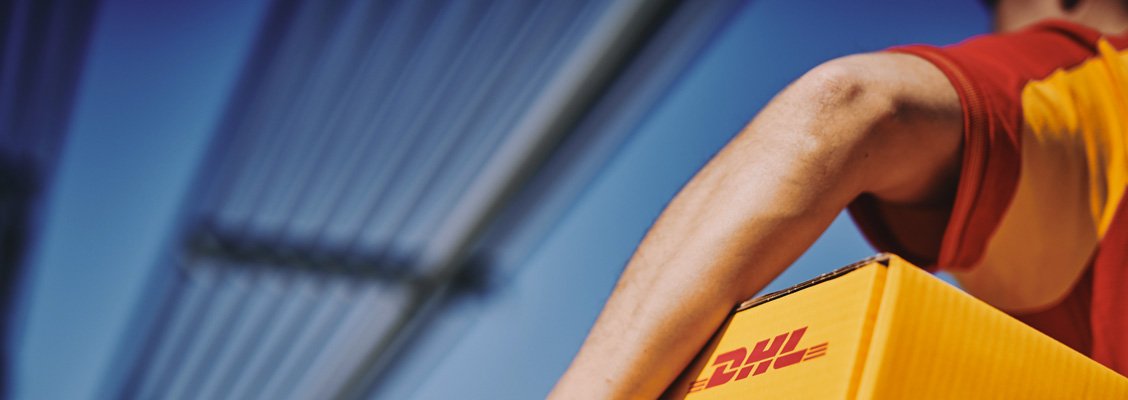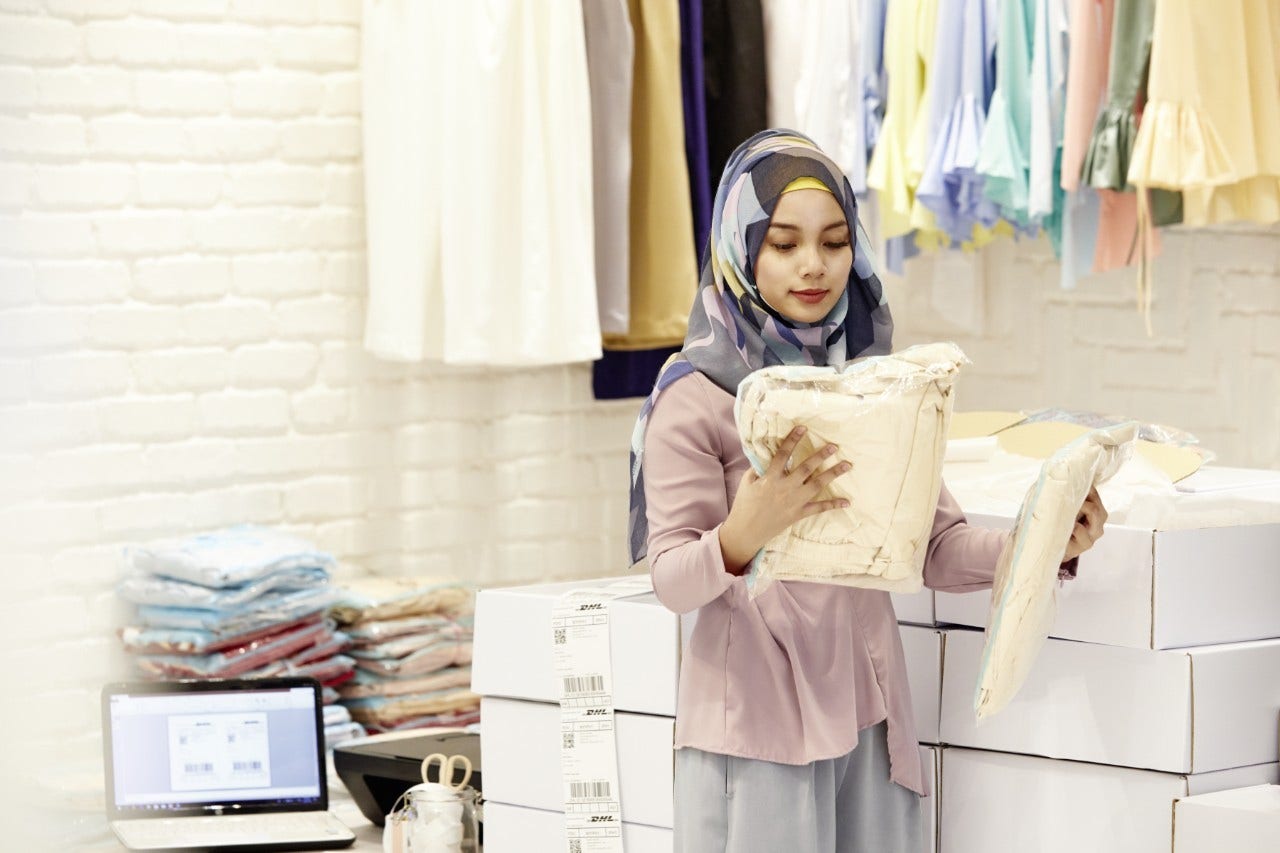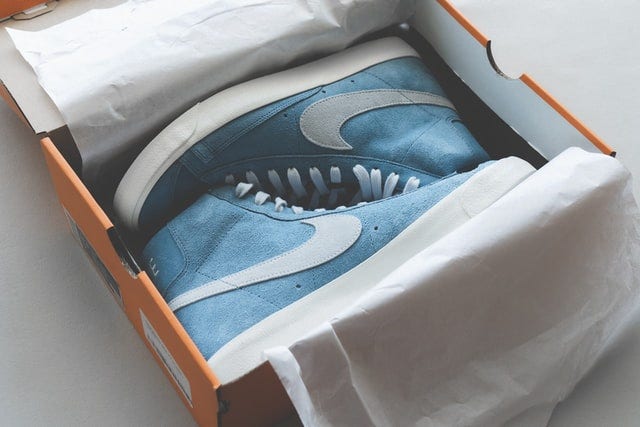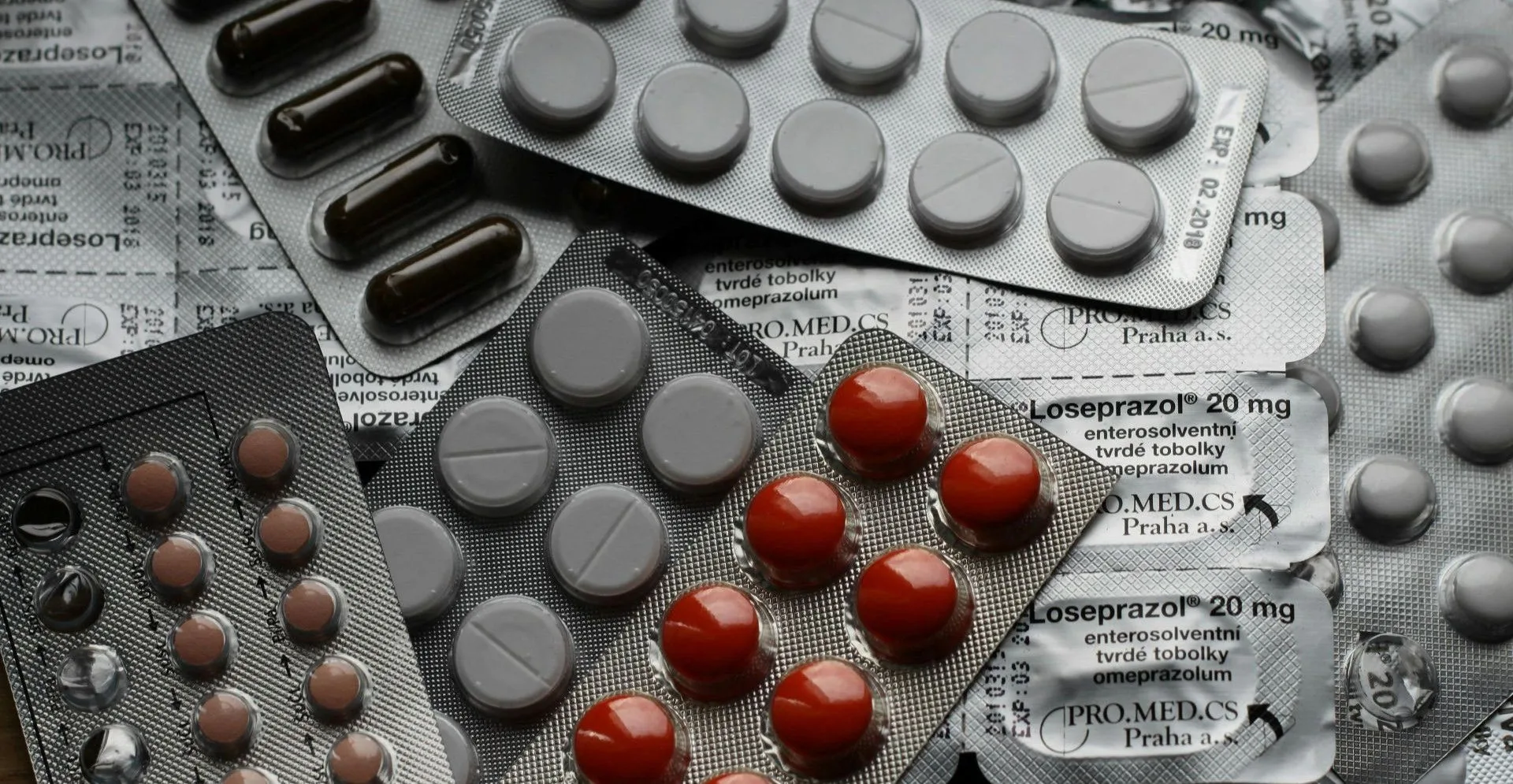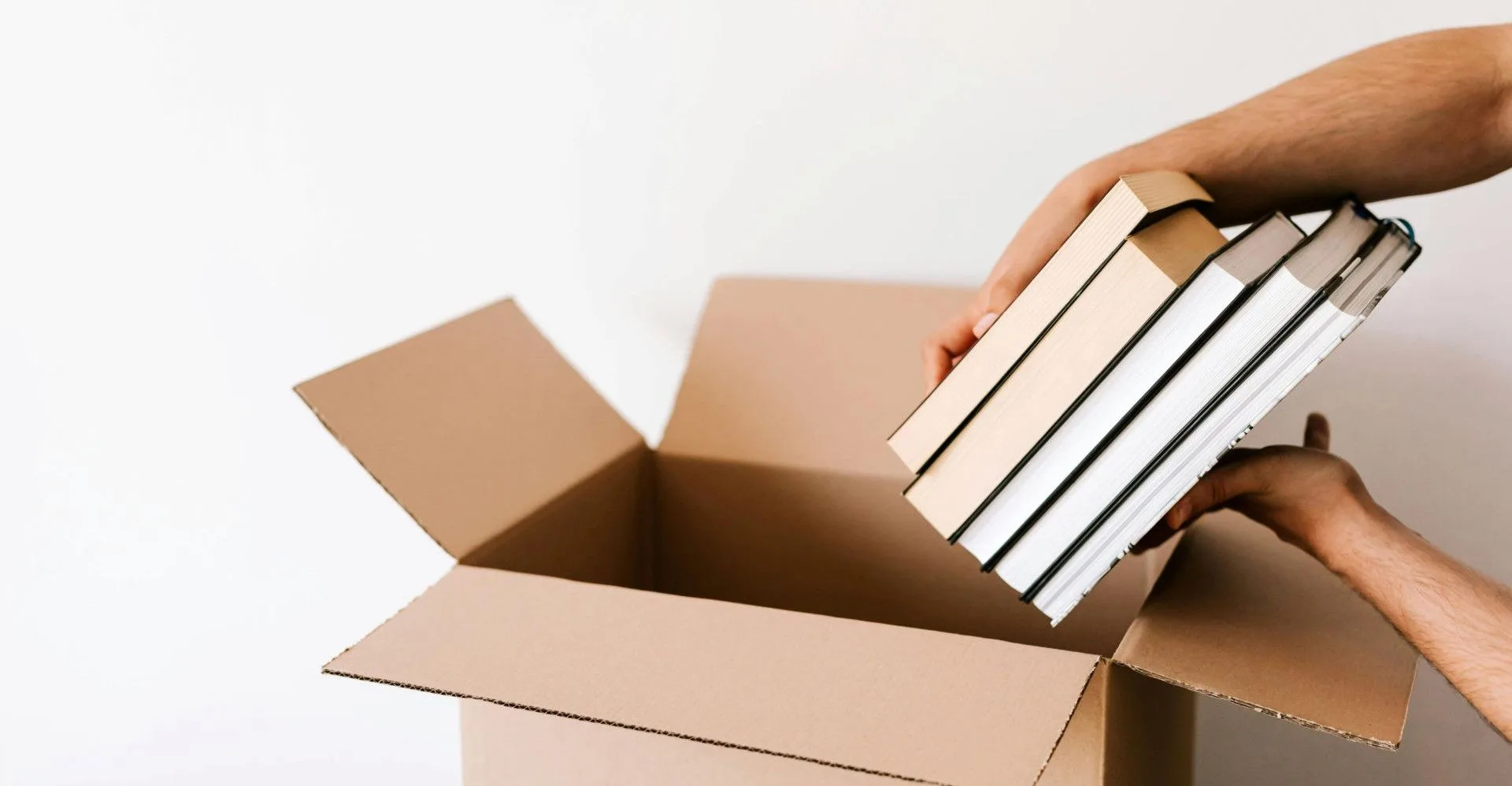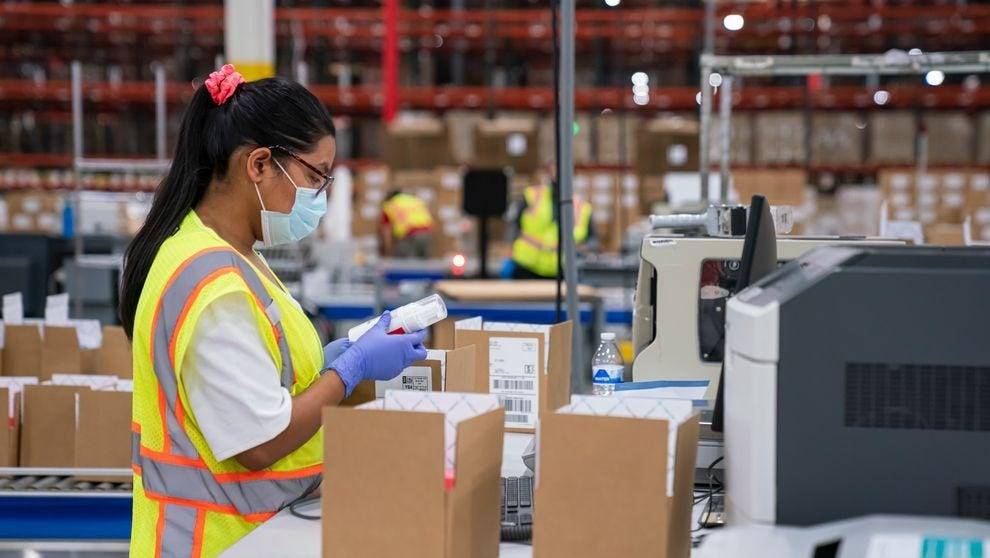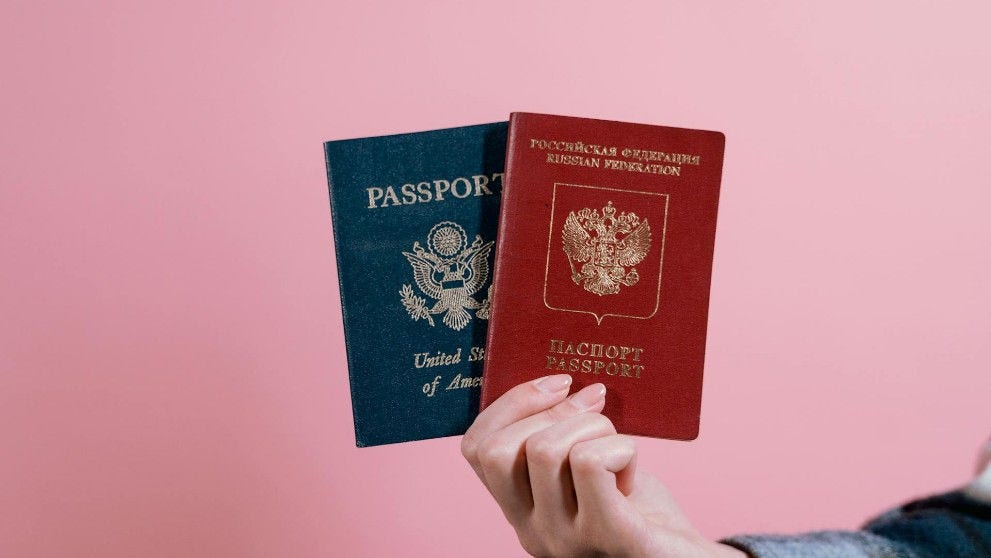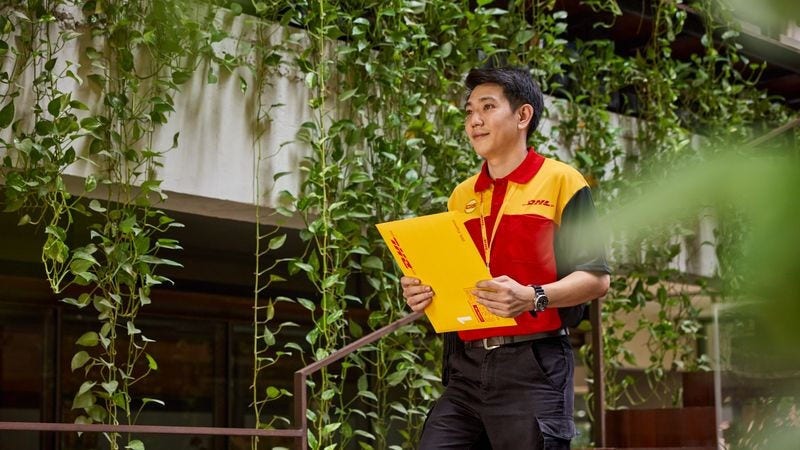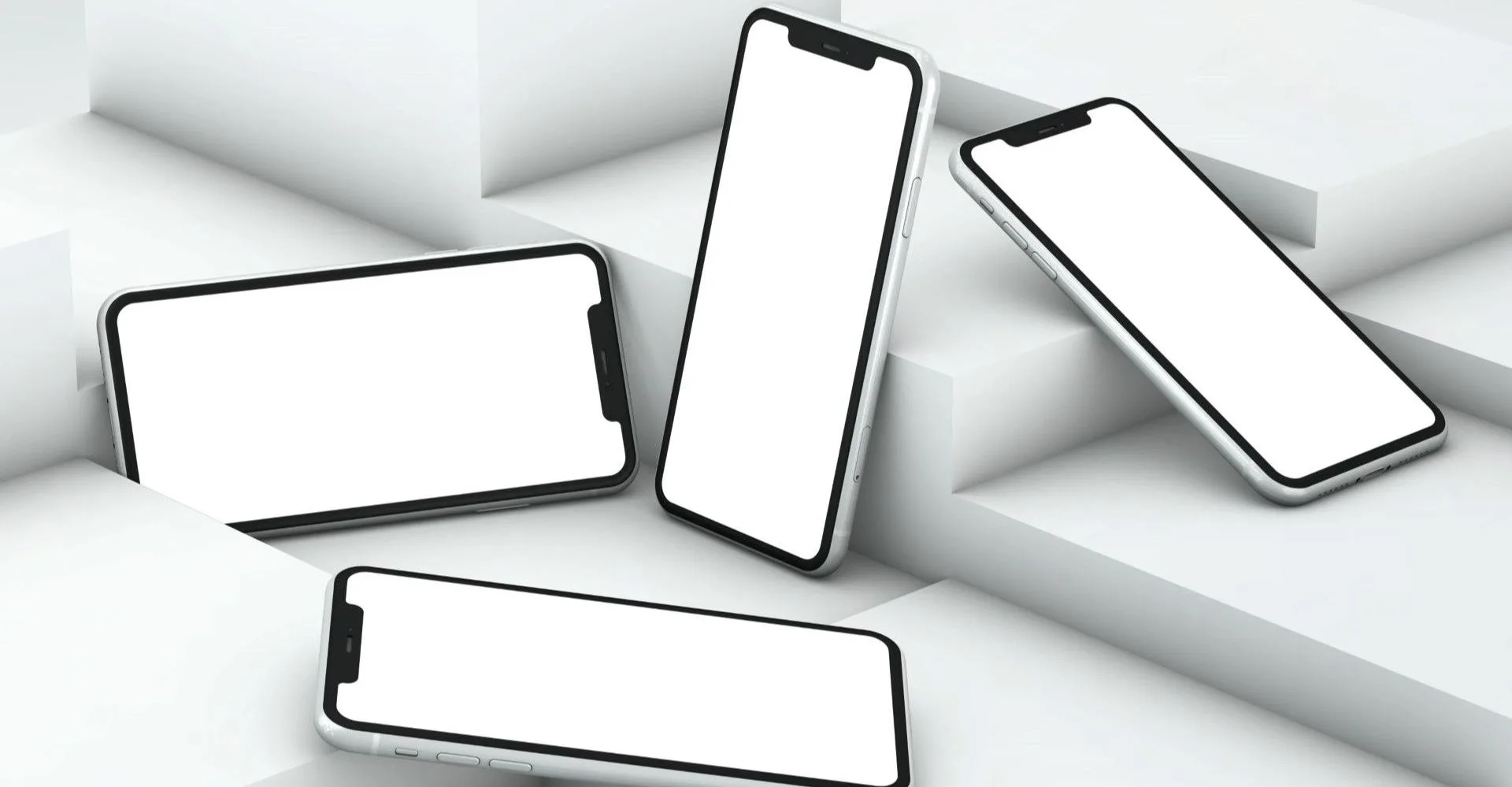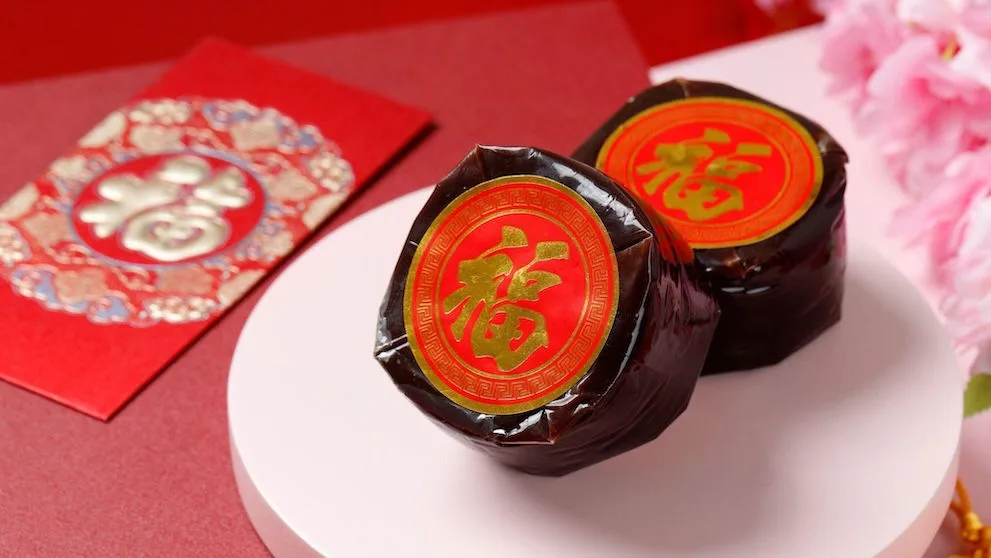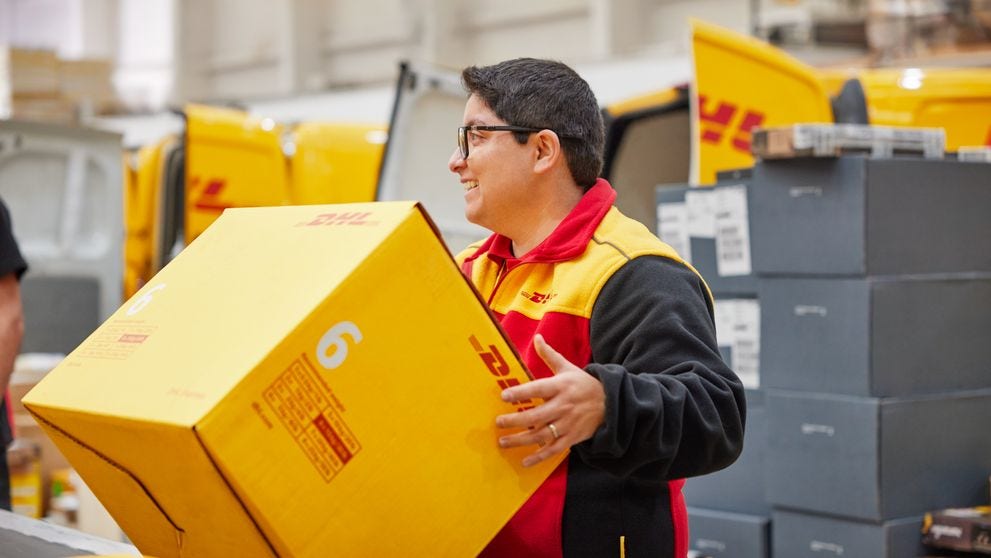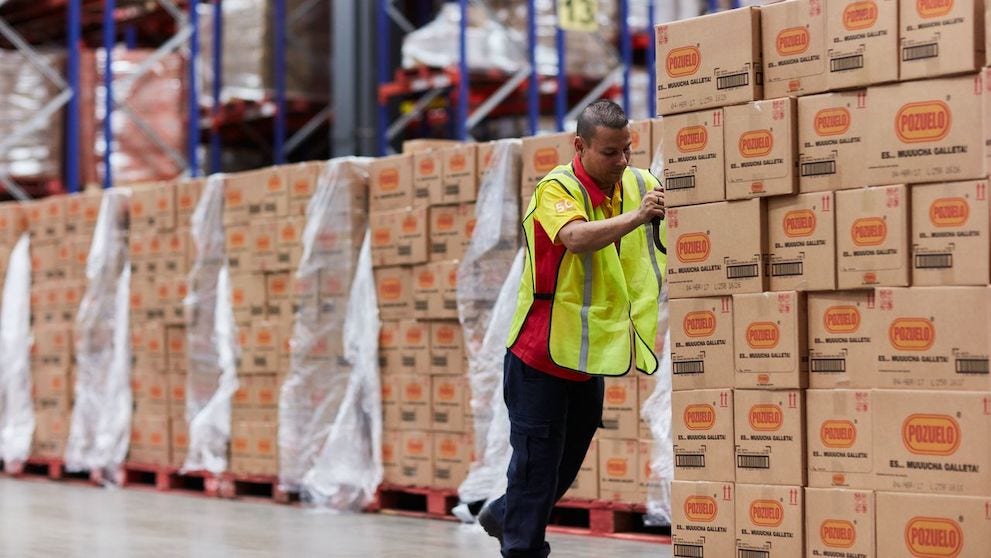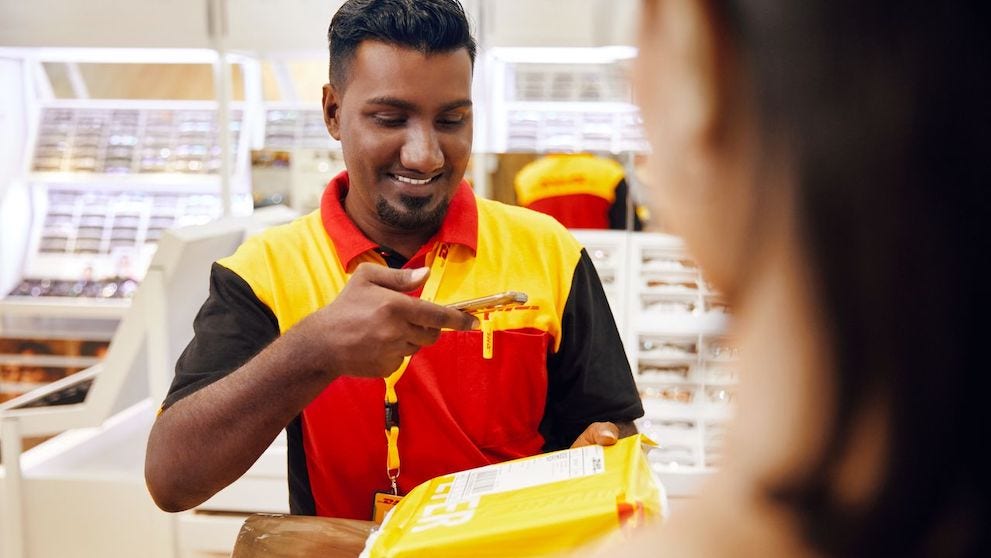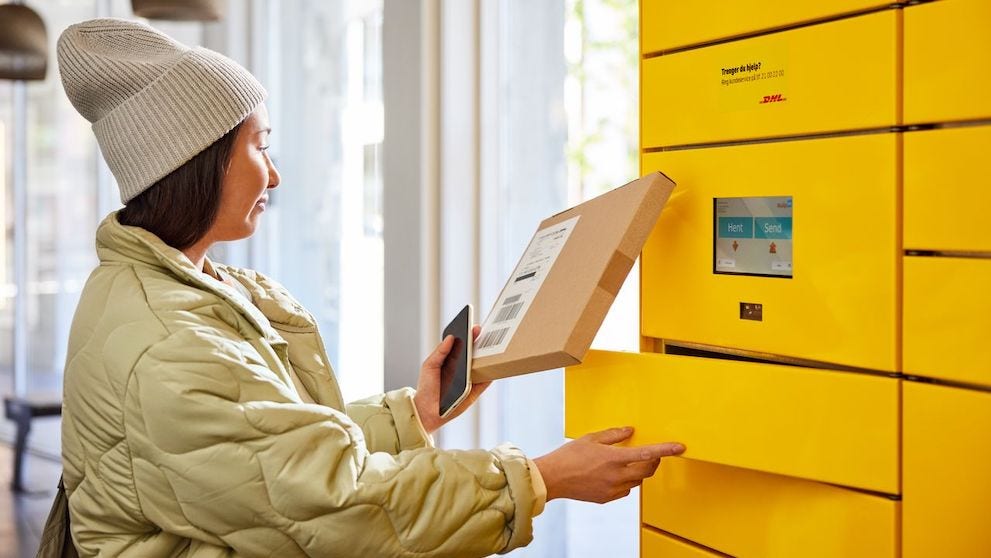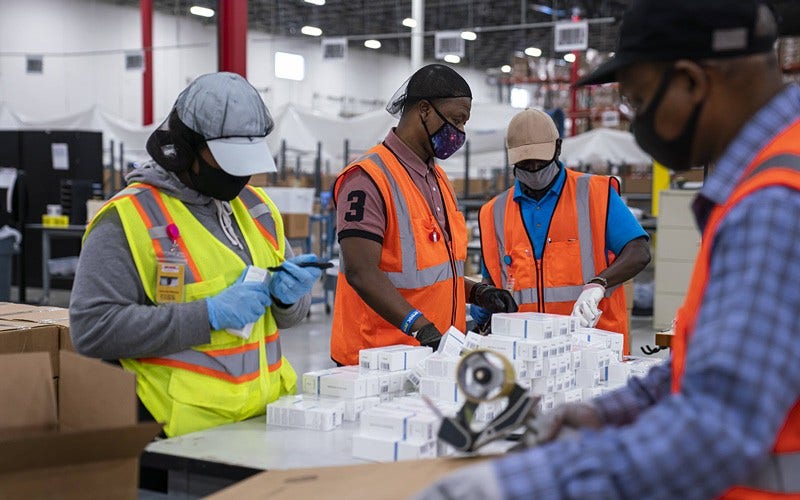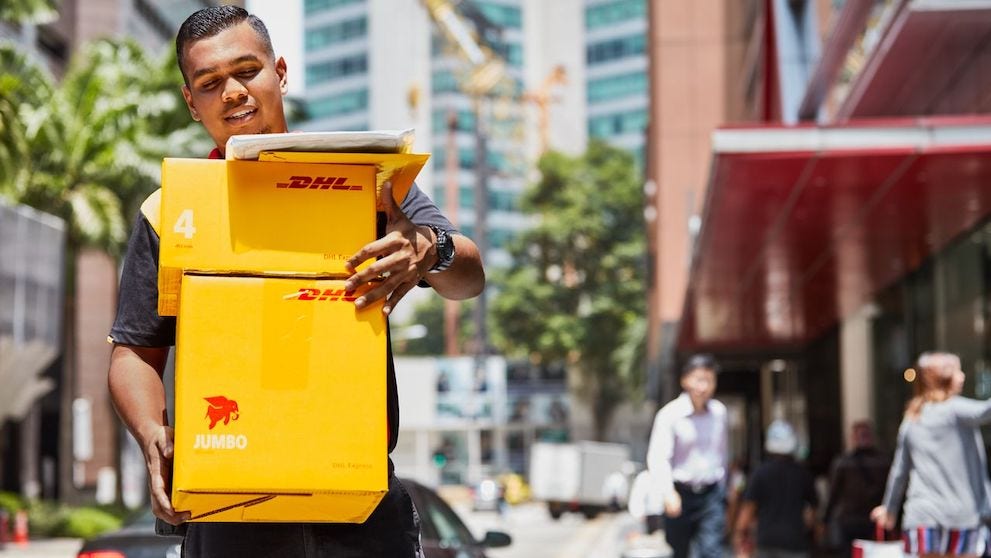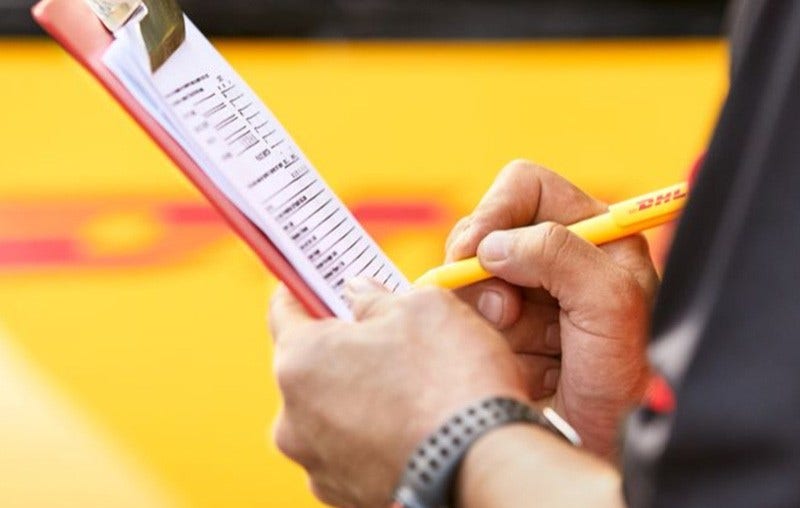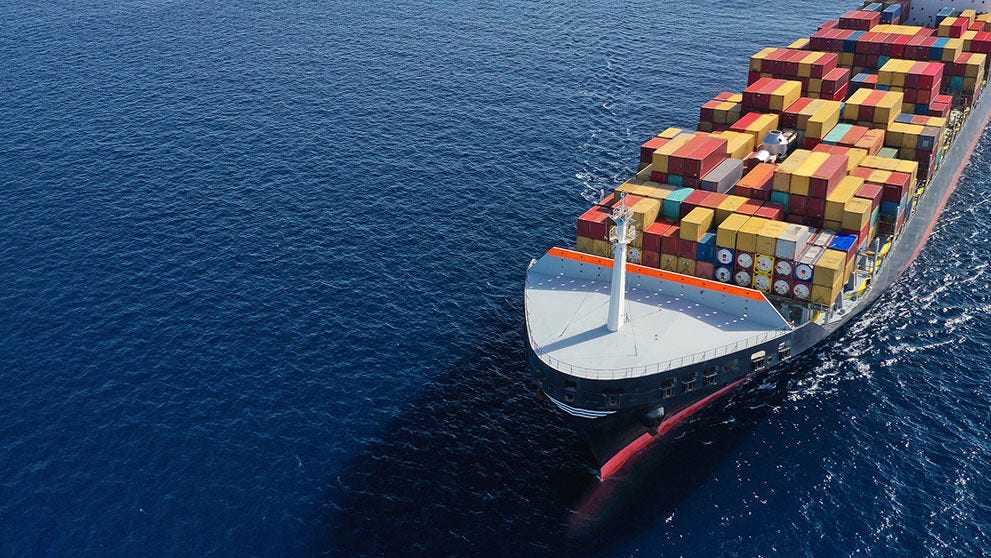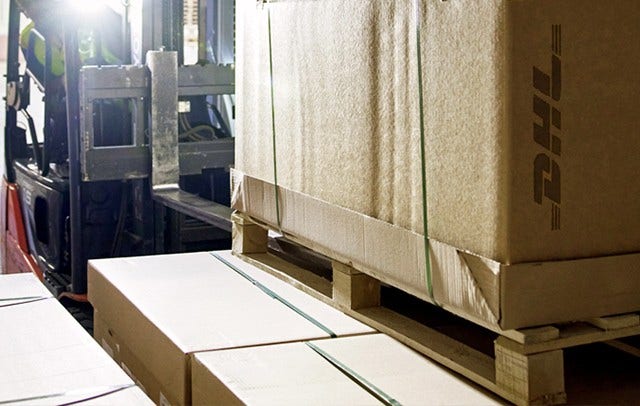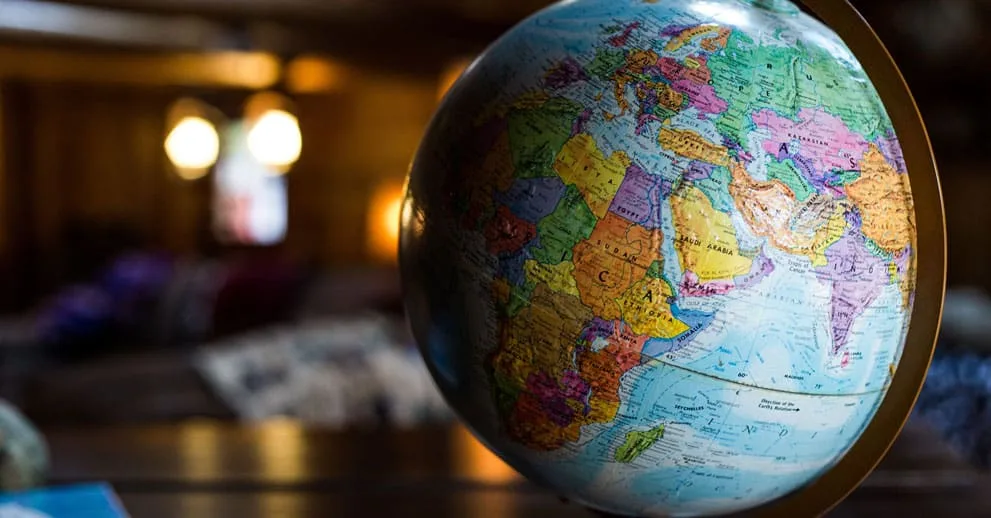Malaysia
The regulatory framework for importing cosmetics into Malaysia is quite comprehensive. Here are things to note:
- You must register your cosmetic products with the Director of Pharmaceutical Services (DPS) via the National Pharmaceutical Control Bureau (NPCB) before importation8.
- A Product Information File (PIF) is needed for each product, which includes details on composition, manufacturing methods, safety assessment, and labeling8.
- There are specific restrictions and guidelines for ingredients, naming, and labeling for different types of cosmetic products, as outlined by the National Pharmaceutical Regulatory Agency’s (NPRA) cosmetic guidelines.
- Import Duty: 0% to 20% (depending on Harmonized System Code)9
United Kingdom
The United Kingdom has established its own specific regulations for cosmetic products, largely mirroring the EU framework but with UK-specific requirements for market placement. When exporting cosmetics to the UK, it's crucial to understand these points:
- Only a designated Responsible Person can place a cosmetic product on the GB market10.
- Every product requires a Product Information File (PIF), which ensures the product is safe for use and complies with all relevant regulatory requirements10.
- Before import, product safety must be checked by a qualified safety assessor, and it is the responsibility of the Responsible Person to ensure this assessment is carried out by a suitably qualified individual.10
- There are limitations on ingredients according to regulations set by UK Legislation10.
- Proper labeling is essential, adhering to specific UK guidelines for ingredient lists, warnings, and responsible person details10.
- Customs Duties: 0% to 35% (depending on the commodity code and country of origin)
United States
For the United States, some cosmetics will require approval before import, as certain products are not solely classified as cosmetics. For instance, toothpaste that contains fluoride to prevent cavities, shampoo that also treats dandruff, and lip balms and lotions with sun protection are classified as drugs by the Food and Drug Administration (FDA), so their import regulations will differ significantly from those applied to pure cosmetics11. Here are key things to note for cosmetics specifically:
2. Learn how to pack cosmetic products
Improper packaging can spell disaster and also compromise the product’s quality, leading to damaged products. Therefore, you must:
- Access the strength and durability of the packaging box.
- Choose appropriate packaging materials like bubble wrap, corrugated inserts, or crumpled paper, and pack the items separately by layering them three to four times.
- Use pressure-sensitive tapes to offer extra protection from humidity, moisture, etc.
- For perfumes and sprays, carefully pack them inside leak-proof boxes in an upright position.
- Make sure to leave no empty space within the container to prevent the contents from colliding during transit.
- Fill the void spaces with cushioning materials like foam peanuts, foam wraps, and bubble wraps.
- Use the H-taping method to seal all the edges and any remaining seams.
- Use arrows to indicate how to handle the shipment.
It's also essential to use appropriate labels clearly indicating the DG (Dangerous Goods) types and their potential hazards. This is because Dangerous Goods are prone to volatility and can prove to be detrimental if handled incorrectly. You can find more detailed information on proper labeling in our comprehensive packaging guide.
Moreover, shipping Dangerous Goods internationally carries a unique set of complications, i.e., complying with customs regulations and restrictions. This is why many cosmetics, nail polishes, and perfumes are considered hazardous and are thus classified in the category of Flammable Liquids.
3. Know what documents are required when shipping
If the country of destination classifies cosmetics as dangerous goods, there are additional documents required when shipping. For DG products, each shipment must have a Dangerous Goods declaration on the AWB and shipping invoice that gives a clear description of the DG commodity.
You can also use our MyGTS tool to further check the shipping requirements of your destination country. Still unsure about the documentation? Reach out to our customer support team.
4. Pick a reliable door-to-door logistics service provider
When you choose to ship your cosmetics to consumers in other countries, you need a trustworthy logistics provider with comprehensive e-commerce delivery solutions that can help you with easy international door-to-door deliveries.
With DHL Express, you can be assured that your goods will be delivered on time with complete visibility of their real-time status at every single step.
Our customs team is also well-versed with all the local rules and guidelines, making your goods clearance process quick and smooth. Moreover, we also provide an easy return process by helping you create a DHL return waybill for a hassle-free shipping process. We also have online shipping tools like MyDHL+ and ODD (On-Demand Delivery), making the shipping procedure easy and efficient.
5. Track your package
With DHL’s express tracking, you can stay up to date on the status of your package right from when it is handed over to us until it is signed for by your recipient. You can also share the 10-digit AWB number with your recipient to help them monitor the real-time status of the shipment and arrange for an ideal delivery date.
